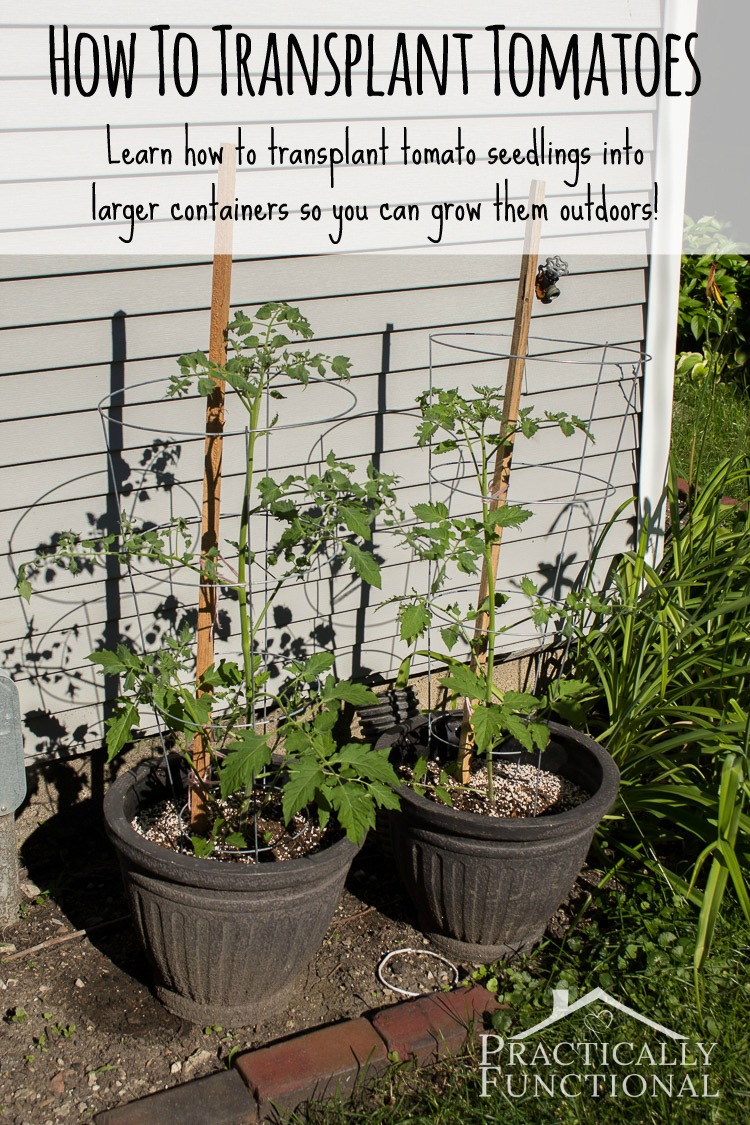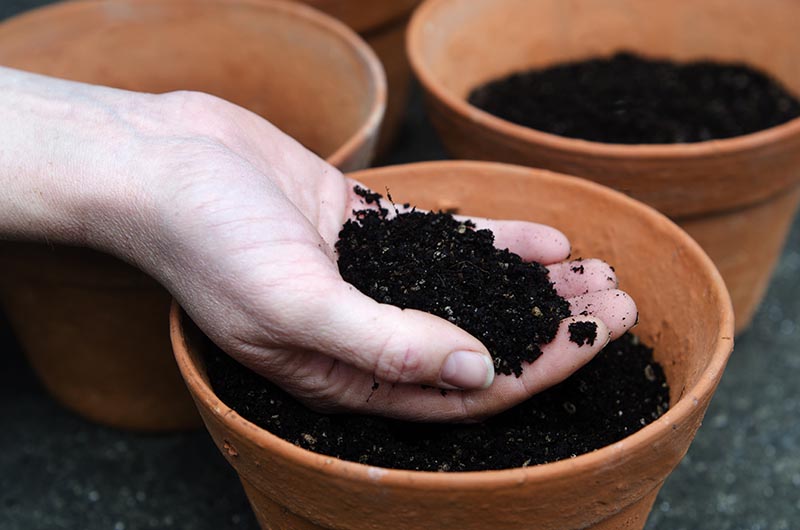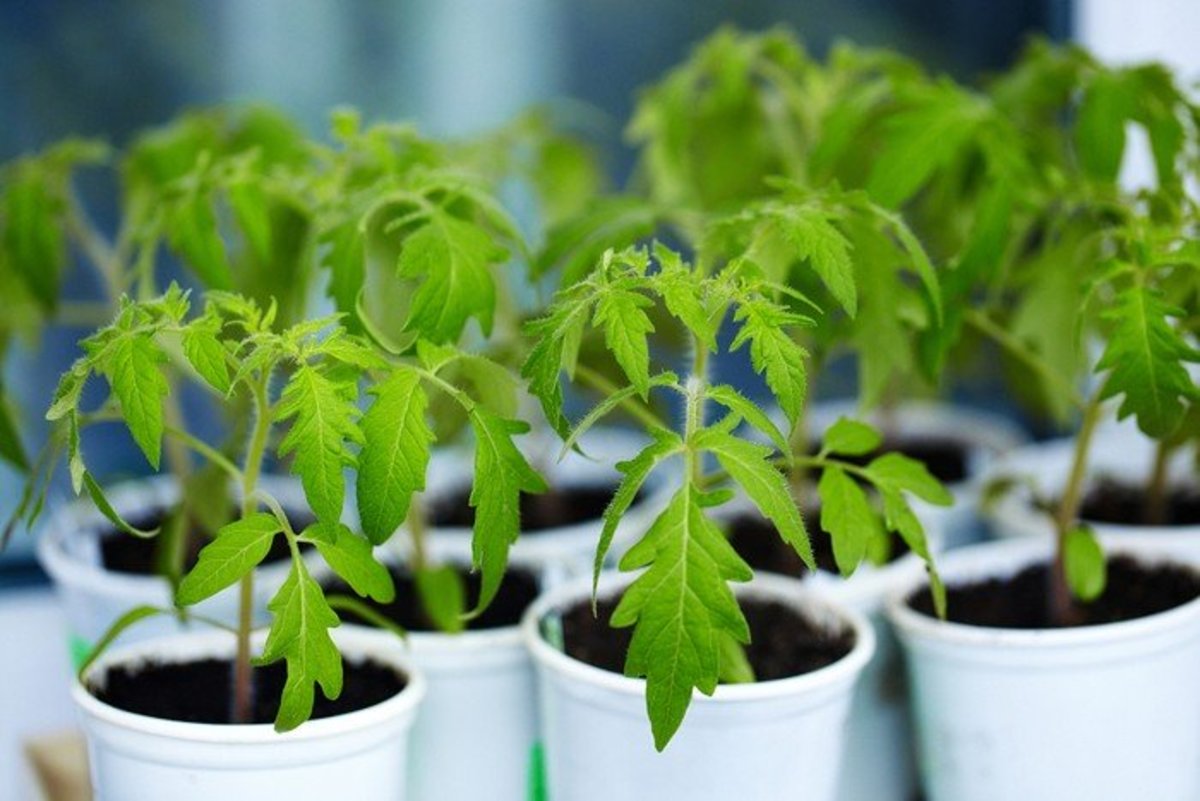Why Bigger is Better: The Benefits of Transplanting Tomatoes
Transplanting tomatoes into bigger pots is a crucial step in the tomato growing process. By providing more space for root growth and development, you can expect to see significant improvements in plant health and productivity. One of the primary benefits of transplanting tomatoes into bigger pots is increased root growth. When roots are constricted, the plant’s ability to absorb essential nutrients and water is limited, leading to stunted growth and reduced yields. By transplanting tomatoes into bigger pots, you can provide the necessary space for roots to expand and develop, resulting in healthier, more robust plants. Another advantage of transplanting tomatoes into bigger pots is improved soil quality. With more room to work with, you can incorporate a higher quality potting mix that is specifically designed to meet the needs of tomato plants. This, in turn, can lead to enhanced fruit production, as the plant is able to absorb the necessary nutrients and water to produce more fruit. Furthermore, transplanting tomatoes into bigger pots can also help to reduce the risk of disease and pests. By providing more space between plants, you can improve air circulation and reduce the risk of fungal diseases that thrive in humid environments. Overall, transplanting tomatoes into bigger pots is a simple yet effective way to give your plants the room they need to thrive. By doing so, you can expect to see significant improvements in root growth, soil quality, and fruit production, making it an essential step in the tomato growing process.
Choosing the Right Container: A Guide to Selecting the Perfect Pot
When it comes to transplanting tomatoes into bigger pots, selecting the right container is crucial for optimal growth and development. The ideal pot should provide sufficient space for root growth, adequate drainage, and proper aeration. Here are some tips to consider when choosing the perfect pot for your tomatoes. First, consider the size of the pot. A minimum of 5-gallon capacity is recommended, but larger pots can provide even more room for root growth and development. When transplanting tomatoes into bigger pots, it’s essential to ensure the pot is at least 1-2 sizes larger than the original container. This will provide the necessary space for roots to expand and develop. Next, think about the material of the pot. Plastic, clay, and ceramic pots are all suitable options, but each has its own advantages and disadvantages. Plastic pots are lightweight and inexpensive, but may not provide adequate insulation. Clay pots are more expensive, but offer better insulation and aeration. Ceramic pots are a good middle ground, providing a balance of insulation, aeration, and affordability. Drainage is another critical factor to consider when selecting a pot. Tomatoes don’t like wet feet, so it’s essential to ensure the pot has adequate drainage holes to prevent waterlogged soil. Look for pots with built-in drainage holes or consider adding a layer of broken pottery or small rocks at the bottom of the pot to improve drainage. Finally, consider the soil depth and aeration of the pot. Tomatoes have deep roots, so it’s essential to provide a pot that can accommodate this. Look for pots with a depth of at least 12-18 inches to provide sufficient room for root growth. Additionally, consider adding a trellis or cage to the pot to provide support for the plant as it grows. By considering these factors, you can select the perfect pot for transplanting tomatoes into bigger pots. Remember, the right pot can make all the difference in the health and productivity of your tomato plants.
How to Transplant Tomatoes Without Shocking Them
Transplanting tomatoes into bigger pots can be a delicate process, and if not done correctly, can cause transplant shock. Transplant shock occurs when the plant experiences stress due to changes in its environment, leading to stunted growth, yellowing leaves, and reduced fruit production. To avoid transplant shock, follow these step-by-step instructions for transplanting tomatoes into bigger pots. First, prepare the new pot by filling it with a high-quality potting mix specifically designed for tomatoes. Moisten the soil with water, but make sure it’s not too wet or dry. Next, carefully remove the tomato plant from its original container, taking care not to disturb the roots. Gently tease out the roots with your fingers or a blunt instrument to encourage them to spread outwards. When handling the roots, it’s essential to be gentle and avoid damaging them. Damaged roots can lead to transplant shock, so take your time and handle the roots with care. If the roots are circling or tangled, gently straighten them out and spread them outwards. Once the roots are prepared, place the tomato plant in the new pot, making sure the soil level is the same as it was in the original container. Fill in the sides with potting mix, gently firming it around the roots as you go. Water the plant thoroughly, but avoid overwatering, which can exacerbate transplant shock. To minimize transplant shock, provide the plant with optimal growing conditions, including bright, indirect light, and temperatures between 65-75°F (18-24°C). Avoid fertilizing the plant for at least a week after transplanting, as this can cause further stress. By following these steps, you can successfully transplant tomatoes into bigger pots without causing transplant shock. Remember, patience and care are key when transplanting tomatoes, so take your time and handle the roots with care.
The Importance of Soil Quality: What to Look for in a Potting Mix
When transplanting tomatoes into bigger pots, the quality of the potting mix is crucial for optimal growth and development. A high-quality potting mix can provide the necessary nutrients, water retention, and aeration for healthy root growth and fruit production. Here are the key characteristics to look for in a potting mix specifically designed for tomatoes. First, consider the pH level of the potting mix. Tomatoes prefer a slightly acidic to neutral soil pH, ranging from 6.0 to 7.0. A potting mix with a pH outside this range can lead to nutrient deficiencies and reduced growth. Next, look for a potting mix with a balanced nutrient content. Tomatoes are heavy feeders and require a mix rich in nitrogen, phosphorus, and potassium. A potting mix with a balanced N-P-K ratio will provide the necessary nutrients for healthy growth and fruit production. Water retention is another critical factor to consider when selecting a potting mix for tomatoes. Tomatoes require consistent moisture, especially when fruiting. A potting mix with good water retention will help to prevent waterlogged soil and reduce the risk of root rot. Aeration is also essential for healthy root growth and development. A potting mix with good aeration will allow for adequate oxygen exchange, promoting healthy root growth and reducing the risk of root bound. Finally, consider the ingredients used in the potting mix. A mix containing a blend of peat moss, vermiculite, and perlite will provide the necessary structure, water retention, and aeration for healthy tomato growth. By selecting a high-quality potting mix specifically designed for tomatoes, you can provide your plants with the necessary nutrients, water retention, and aeration for optimal growth and development. Remember, when transplanting tomatoes into bigger pots, the quality of the potting mix is crucial for success.
Timing is Everything: When to Transplant Tomatoes for Optimal Growth
When it comes to transplanting tomatoes into bigger pots, timing is crucial for optimal growth and development. Transplanting at the right time can make all the difference in promoting healthy growth, fruit production, and minimizing transplant shock. So, when is the ideal time to transplant tomatoes? The answer depends on several factors, including weather, soil temperature, and plant development. Weather plays a significant role in determining the ideal time to transplant tomatoes. Avoid transplanting during extreme weather conditions, such as intense heat, cold, or heavy rainfall. Instead, opt for a period of mild weather with temperatures between 65-75°F (18-24°C). Soil temperature is another critical factor to consider. Tomatoes thrive in warm soil, with an ideal temperature range of 60-70°F (15-21°C). Transplanting when the soil is too cold can lead to slow growth and increased susceptibility to disease. Plant development is also an essential consideration. Tomatoes are ready to be transplanted when they have 2-3 sets of leaves and are around 6-8 inches tall. This is usually 1-2 weeks after germination. In addition to these factors, consider the type of tomato variety you are growing. Some varieties, such as cherry tomatoes, can be transplanted earlier than larger varieties. By considering these factors, you can determine the ideal time to transplant tomatoes into bigger pots. Remember, transplanting at the right time can make all the difference in promoting healthy growth and fruit production. By giving your tomatoes the room they need to grow, you can enjoy a bountiful harvest of delicious, juicy tomatoes.
Common Mistakes to Avoid When Transplanting Tomatoes
When transplanting tomatoes into bigger pots, it’s essential to avoid common mistakes that can lead to transplant shock, reduced growth, and decreased fruit production. By being aware of these mistakes, you can take steps to prevent them and ensure a successful transplant. One of the most common mistakes is over-handling the roots. When transplanting, it’s essential to handle the roots gently and minimize disturbance. This can be achieved by carefully removing the plant from its container, taking care not to touch or disturb the roots. Another mistake to avoid is under-watering. Tomatoes need consistent moisture, especially during the transplant process. Make sure to water the plant thoroughly before and after transplanting, and keep the soil consistently moist during the first few weeks after transplanting. Inadequate pruning is another common mistake. When transplanting, it’s essential to prune the plant to promote healthy growth and fruit production. Remove any weak or spindly growth, and trim back the plant to encourage bushy growth. Other mistakes to avoid include transplanting during extreme weather conditions, using a pot that is too small, and failing to provide adequate support for the plant. By avoiding these common mistakes, you can ensure a successful transplant and promote healthy growth and fruit production. Remember, transplanting tomatoes into bigger pots requires careful planning and attention to detail. By taking the time to prepare the plant, select the right pot, and provide proper care, you can enjoy a bountiful harvest of delicious, juicy tomatoes.
Post-Transplant Care: Tips for Encouraging Healthy Growth
After transplanting tomatoes into bigger pots, it’s essential to provide proper care to promote healthy growth and fruit production. This includes establishing a consistent watering schedule, fertilizing regularly, and pruning the plant to encourage bushy growth. Watering is critical during the first few weeks after transplanting. Tomatoes need consistent moisture, especially when they’re producing fruit. Water the plant when the top 2-3 inches of soil feel dry to the touch, and avoid getting water on the leaves to prevent fungal diseases. Fertilization is also crucial for promoting healthy growth. Use a balanced fertilizer that’s high in phosphorus to encourage fruit production. Apply the fertilizer according to the manufacturer’s instructions, and avoid over-fertilizing, which can damage the plant. Pruning is another essential aspect of post-transplant care. Remove any weak or spindly growth, and trim back the plant to encourage bushy growth. This will help the plant produce more fruit and reduce the risk of disease. In addition to these tips, make sure to provide support for the plant as it grows. Tomatoes can become quite large, so provide a trellis or cage to keep the plant upright and encourage even growth. By following these tips, you can promote healthy growth and fruit production after transplanting tomatoes into bigger pots. Remember to monitor the plant’s progress and adjust your care routine as needed. With proper care, you can enjoy a bountiful harvest of delicious, juicy tomatoes.
Maximizing Space: Creative Ways to Arrange Your Tomato Containers
When transplanting tomatoes into bigger pots, it’s essential to consider the space available for the plants to grow. With a little creativity, you can maximize the space in your garden or indoor growing area, and enjoy a bountiful harvest of delicious tomatoes. One creative solution is vertical gardening. By using a trellis or other support system, you can train the tomato plants to grow upwards, making the most of the available space. This method also helps to improve air circulation and reduce disease risk. Another option is companion planting. By planting tomatoes alongside other vegetables or herbs, you can create a diverse and thriving garden ecosystem. For example, planting basil alongside tomatoes can help to repel pests and improve flavor. Trellising is another effective way to maximize space when transplanting tomatoes into bigger pots. By providing a structure for the plants to climb, you can keep them upright and organized, while also adding visual interest to the garden. If you’re short on space, consider using hanging baskets or containers. These can be suspended from a balcony, patio, or indoor ceiling, providing a unique and space-saving way to grow tomatoes. Finally, consider using a tiered or multi-level planter. These planters allow you to grow multiple tomato plants in a small footprint, making them ideal for small gardens or indoor growing areas. By incorporating these creative solutions into your garden or indoor growing space, you can maximize the space available for your tomato plants, and enjoy a successful harvest after transplanting tomatoes into bigger pots.









